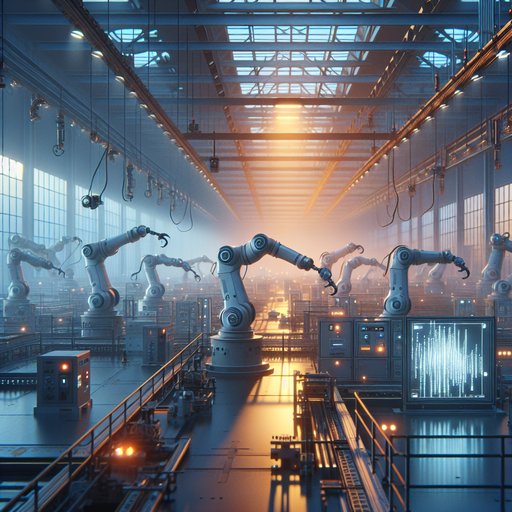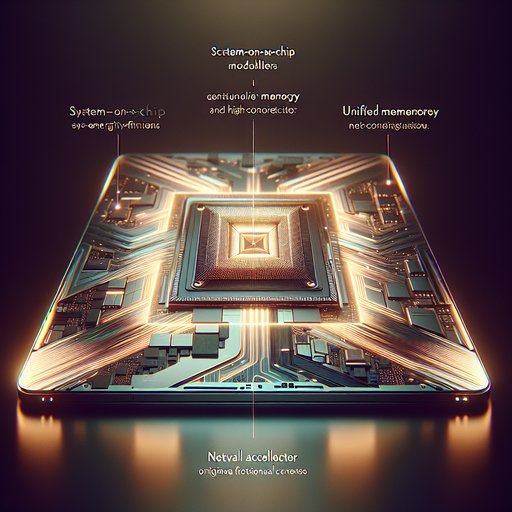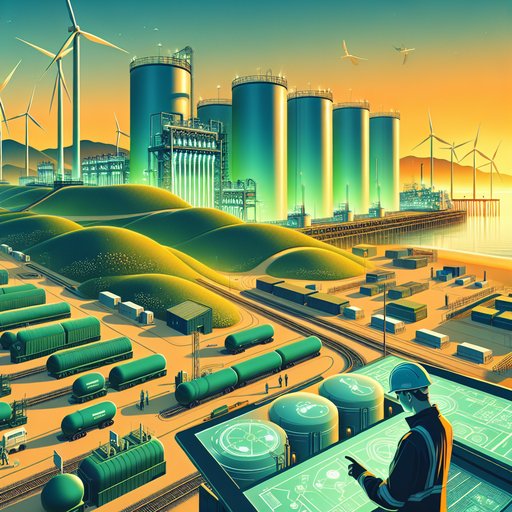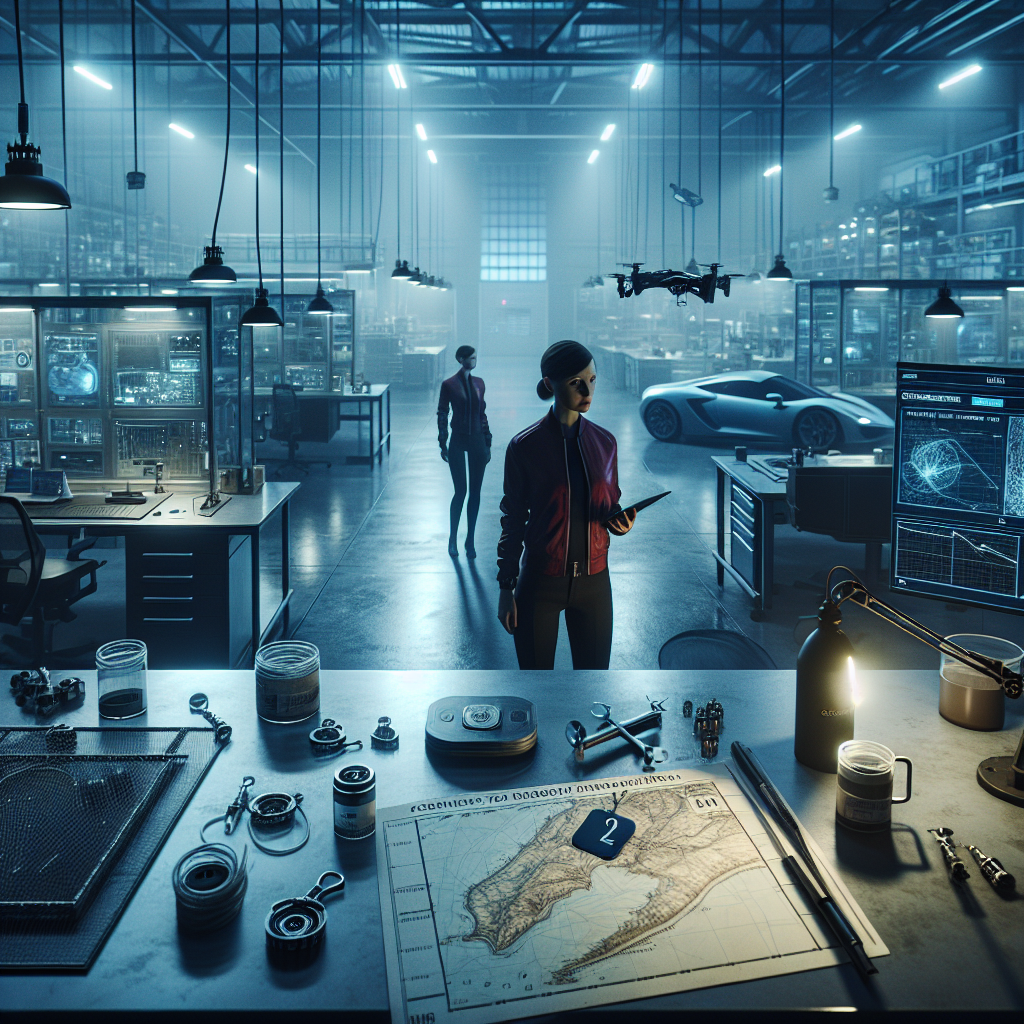The world of artificial intelligence is on the cusp of a major leap forward as OpenAI prepares to unveil its latest large language model, GPT-5. Anticipation is high throughout the tech industry due to GPT-5’s promise of advanced reasoning capabilities and broader general learning, signaling significant improvements over its predecessors. As AI models increasingly underpin applications from digital assistants to enterprise automation, the introduction of a more capable, nuanced, and versatile system could reshape industries and redefine what machines can accomplish independently.
With each generation, OpenAI’s GPT models have set new benchmarks for the possibilities of language-based artificial intelligence. The incoming GPT-5 model is expected to move the field forward yet again, promising not only greater linguistic fluency but also sharp improvements in reasoning and the ability to draw insights from vast, diverse datasets. According to early information, this AI model aims to “combine advanced reasoning capabilities with the general learning power” that has characterized earlier versions, potentially expanding AI’s utility across scientific, business, and creative domains alike [1].
This development fits into a larger narrative of organizations recognizing AI as a core enabler of digital transformation. Experts emphasize that without strong digital infrastructure, firms will struggle to fully capitalize on the promise of technologies like GPT-5. Ramprakash Ramamoorthy, director of AI research at Zoho, has highlighted the vital role of a “mature digital core” in the effective monetization and deployment of AI at scale, pointing to a convergence of machine learning innovation with robust organizational systems [2].
The introduction of increasingly powerful and adaptable AI models like GPT-5 also coincides with broader progress in autonomy and intelligent systems across sectors. New advances in fields such as nanotechnology—where machine learning supports highly sensitive detection tools—and in creative industries via smart rendering engines underscore a growing trend: machine learning and AI models are rapidly being woven into the fabric of research, production, and design tools, enabling unprecedented automation and insight generation [3], [4].
Expectations are that GPT-5 will serve as both a high-performance generalist and a foundation for specialized systems, ranging from next-generation digital companions to sector-specific diagnostic engines that require sophisticated forms of reasoning. As AI’s capabilities expand, industries and individuals alike are preparing to harness more powerful tools, not only to improve efficiency, but also to unlock altogether new ways of creating, learning, and problem-solving, reinforcing optimism about the transformative potential of artificial intelligence.























































